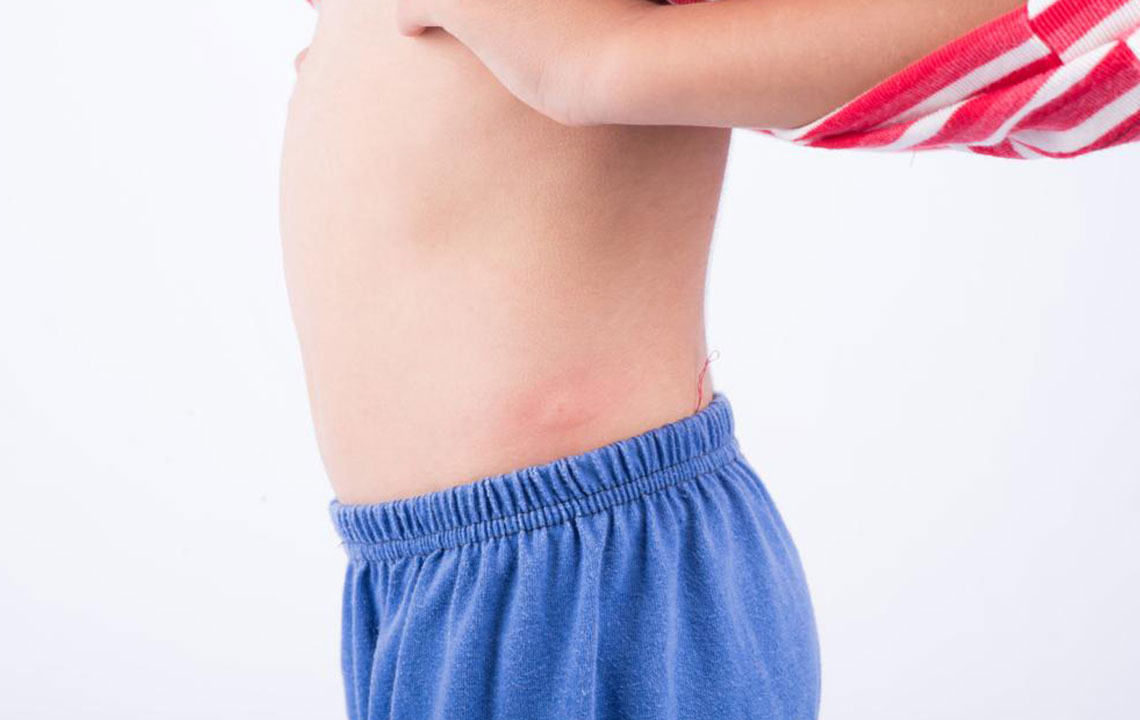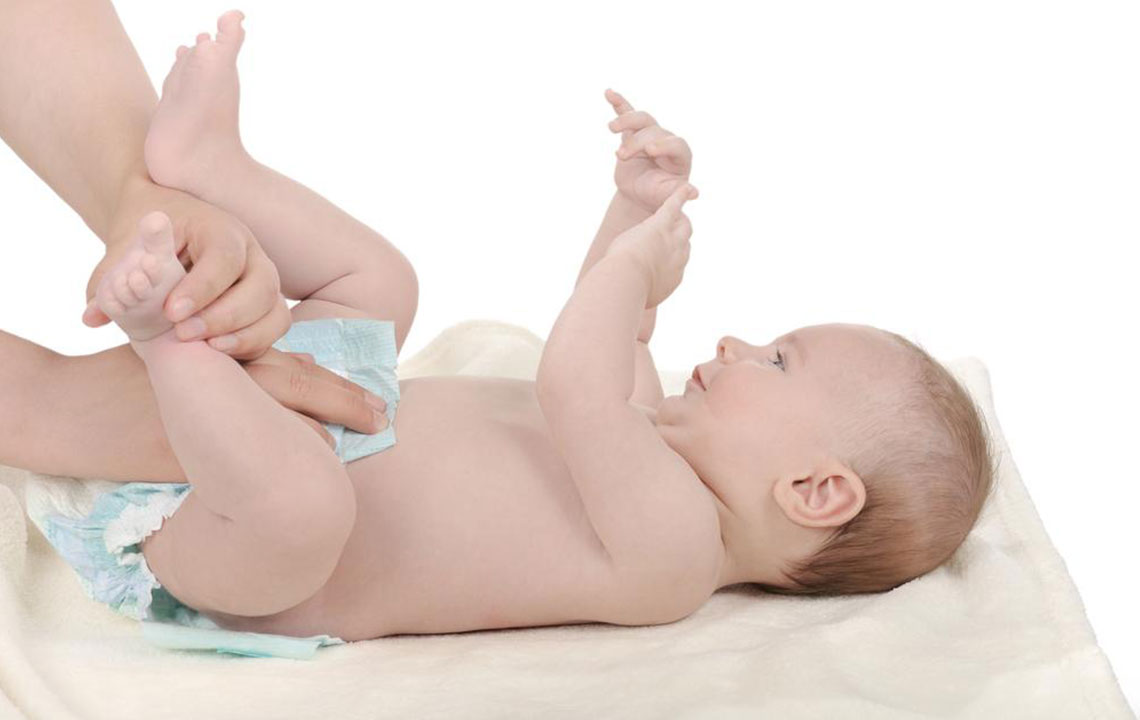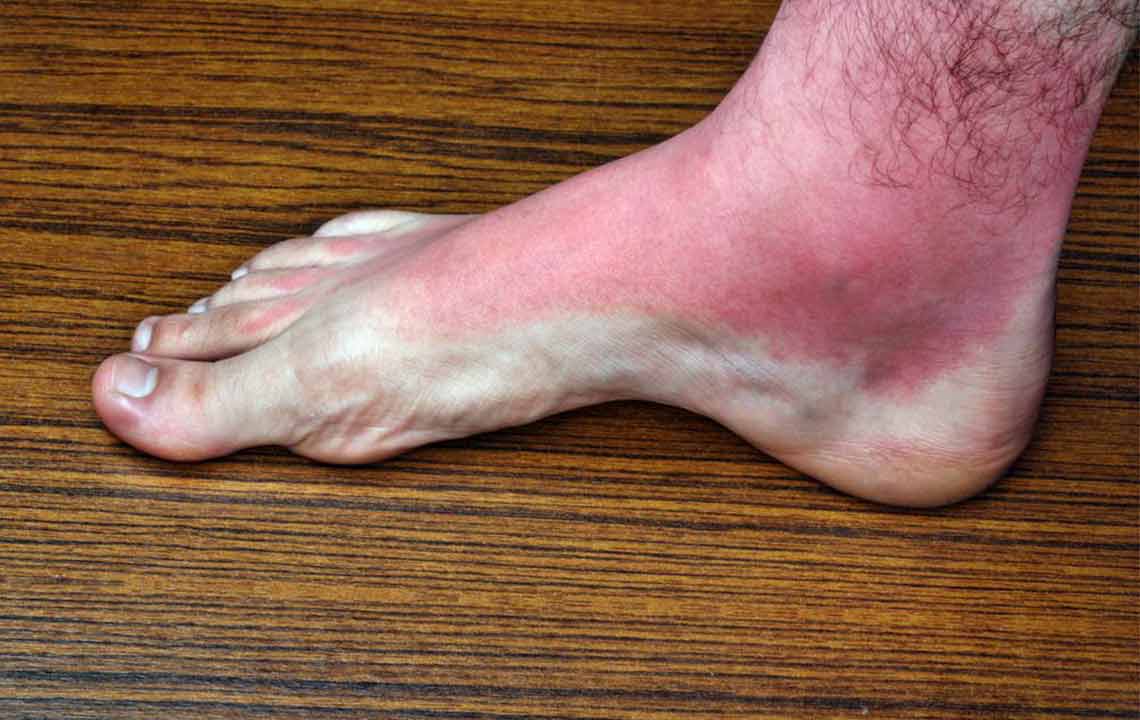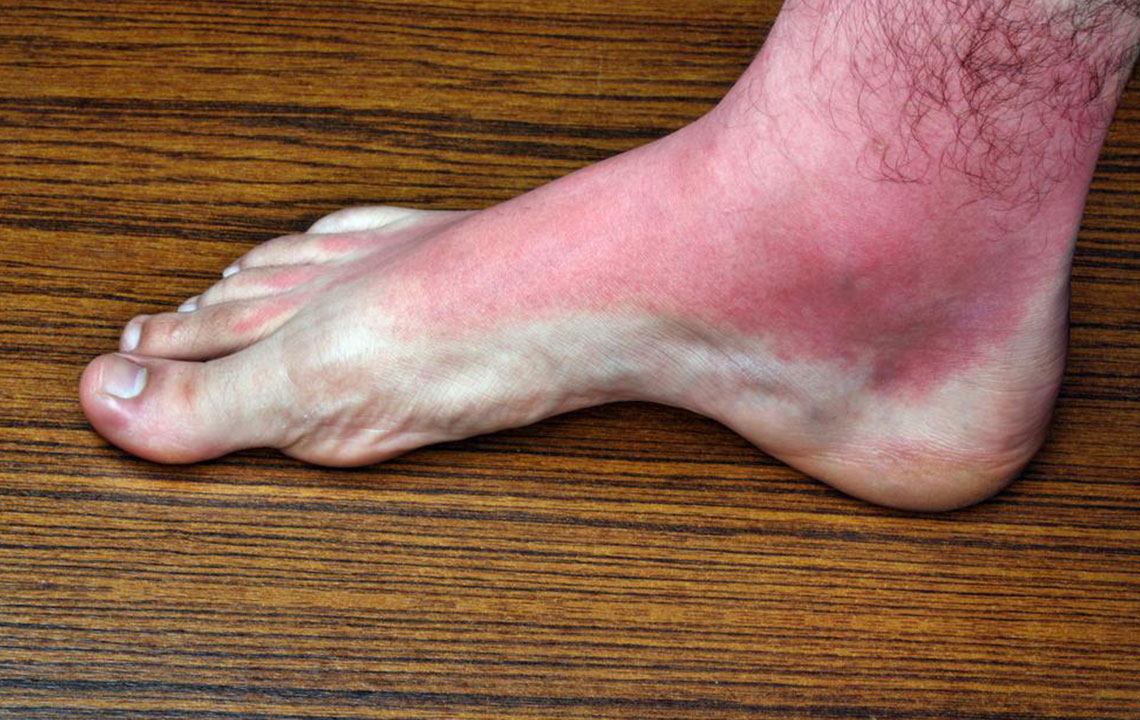Comprehensive Guide to Effectively Managing Infant Skin Rashes
This comprehensive guide offers effective strategies for managing common infant skin rashes, including diaper rash, baby pimples, and dry skin. Learn preventive tips, proper skincare routines, and when to seek medical advice to keep your baby's delicate skin healthy and comfortable. Essential reading for new parents and caregivers committed to infant health and well-being.
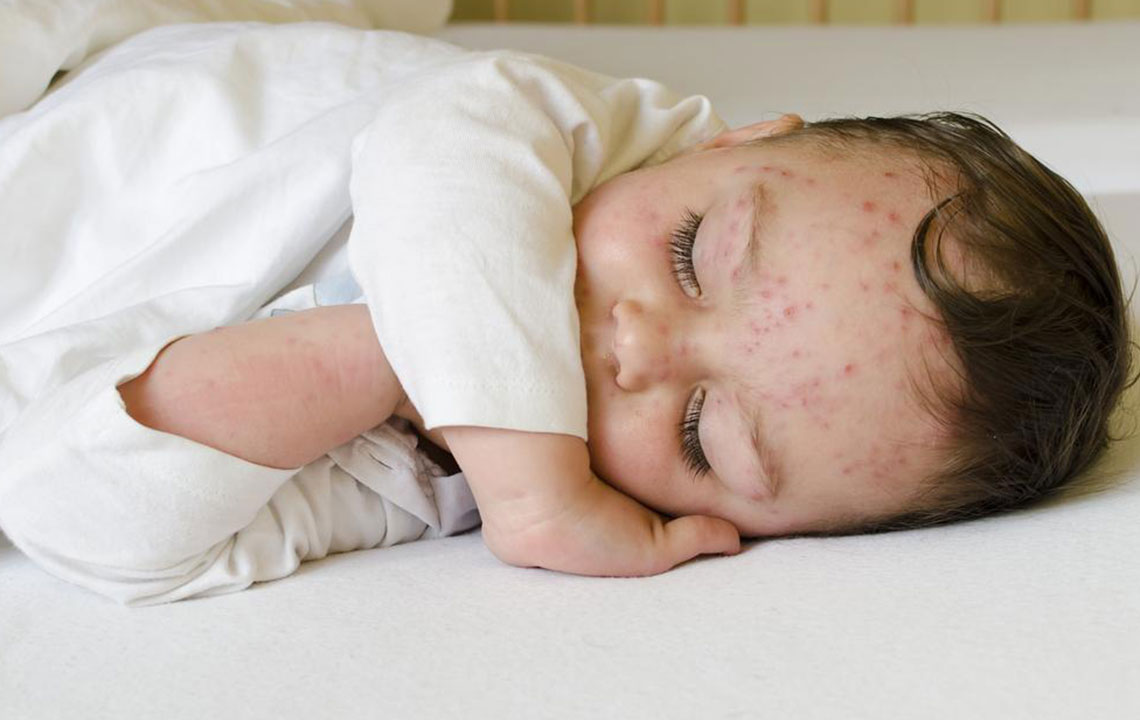
Comprehensive Guide to Effectively Managing Infant Skin Rashes
Infant skin is exceptionally delicate and sensitive, making skin rashes a common concern among new parents and caregivers. These rashes can appear suddenly and may be caused by a variety of factors, often requiring different approaches for prevention and treatment. Understanding the types of skin rashes that affect infants, their causes, and effective management strategies is essential for ensuring your baby's comfort and health.
In this guide, we'll explore the most common skin rashes in infants, including diaper rash, baby pimples, dry skin, and heat rash. Additionally, we will provide practical tips to prevent these skin issues and promote healthy, comfortable skin for your little one.
Diaper Rash: Causes and Prevention
Diaper rash is one of the most frequent skin problems faced by infants. It manifests as redness, irritation, and sometimes soreness in the area covered by the diaper. The primary causes of diaper rash include prolonged exposure to moisture, friction from tight diapers, and allergic reactions to substances like detergents or wipes used during diaper changes.
To effectively prevent diaper rash, several practical steps can be taken. Firstly, change your baby's diaper promptly whenever it becomes wet or soiled. Keeping the diaper area exposed to air as much as possible helps dry out moisture and reduces irritation. Using barrier creams such as petroleum jelly during each diaper change creates a protective layer that shields delicate skin from irritants and moisture.
Additionally, opting for loose-fitting, breathable diapers made from hypoallergenic materials can significantly reduce the risk of rash development. Regularly cleaning the diaper area with gentle, fragrance-free wipes or mild soap and water ensures that any residual irritants are removed, maintaining skin health. Awareness of subtle signs like increased redness or soreness allows for early intervention, preventing rash from worsening.
Managing Baby Pimples and Whiteheads
Many parents notice small pimples or whiteheads appearing on their baby's nose, cheeks, or forehead during the first months of life. Generally, these bumps are harmless and tend to clear up on their own within a few weeks. They are often caused by maternal hormones or minor skin irritation. It's important to avoid squeezing or attempting to pop these pimples, as this can lead to infection or scarring.
For gentle care, parents should switch to mild, fragrance-free baby soaps and wash the baby's face once daily with lukewarm water. Avoid oil-based or heavy facial creams, which can clog pores and exacerbate the problem. Maintaining a clean but gentle skincare routine helps support natural skin healing processes. If pimples persist beyond a few weeks or appear to worsen, consult your pediatrician for tailored advice.
Addressing Dry Skin in Infants
Dry skin is common among infants, especially those born post-term or during colder months. It often appears as flaky, rough patches on the skin, but it can sometimes be a warning sign of underlying skin conditions or sensitivities. While dry skin in babies doesn't always indicate a serious issue, providing proper skincare helps keep their skin healthy and comfortable.
Immediate steps include limiting water exposure during bath time—short baths in lukewarm water are recommended—and applying a gentle, fragrance-free moisturizer immediately after bathing. Using products formulated specifically for infants ensures that skin stays hydrated without irritation. It’s important to avoid harsh soaps or heavy creams, which can further dry out delicate skin.
If your baby develops tiny bumps or redness, it might be heat rash caused by overactive sweat glands trapping bacteria in sweat ducts. Managing heat rash involves measures such as giving cool baths, dressing your baby in lightweight, loose-fitting clothing, and keeping their environment cooler. Exposing your baby to cool air and avoiding excessive clothing layers can facilitate skin recovery.
In conclusion, understanding the various types of infant skin rashes and their causes is crucial for effective management. Implementing preventive measures, maintaining a consistent skincare routine, and seeking pediatric advice when necessary can significantly alleviate discomfort and promote healthy skin development in your infant. Remember, gentle care and prompt attention go a long way in ensuring your baby's skin remains healthy and irritation-free.
